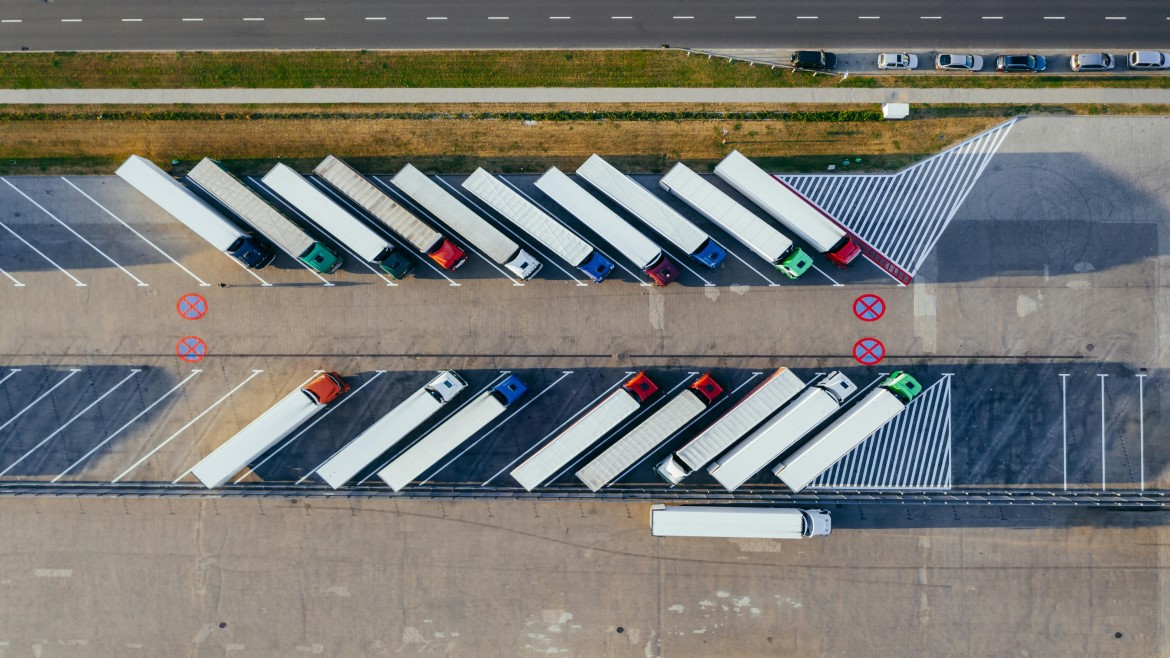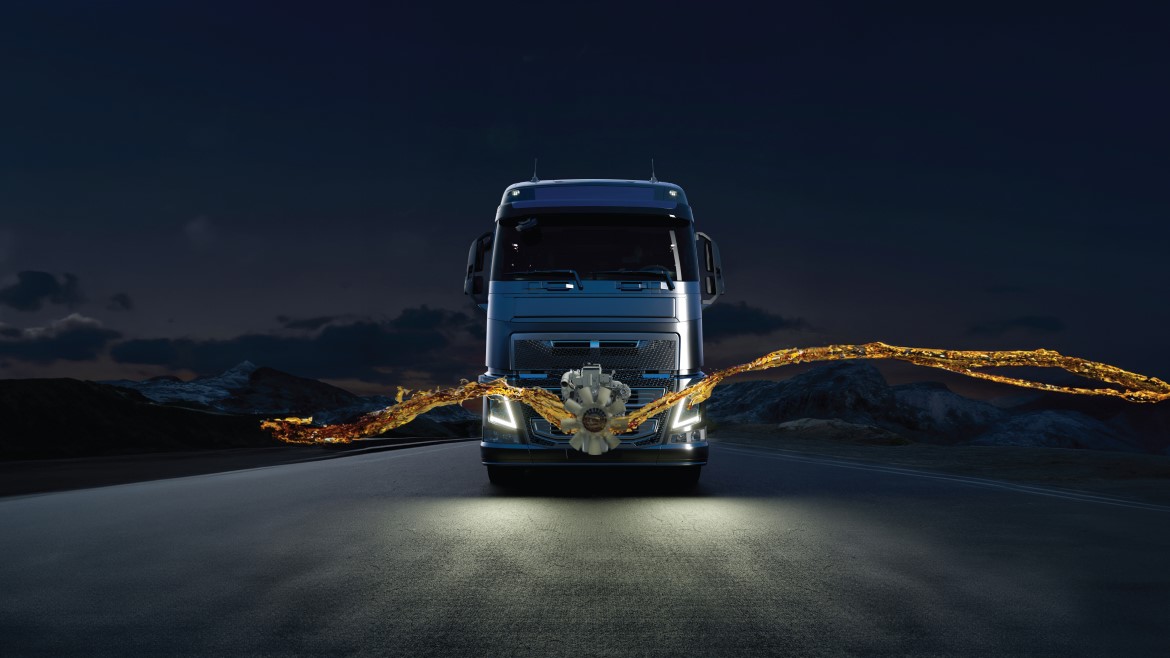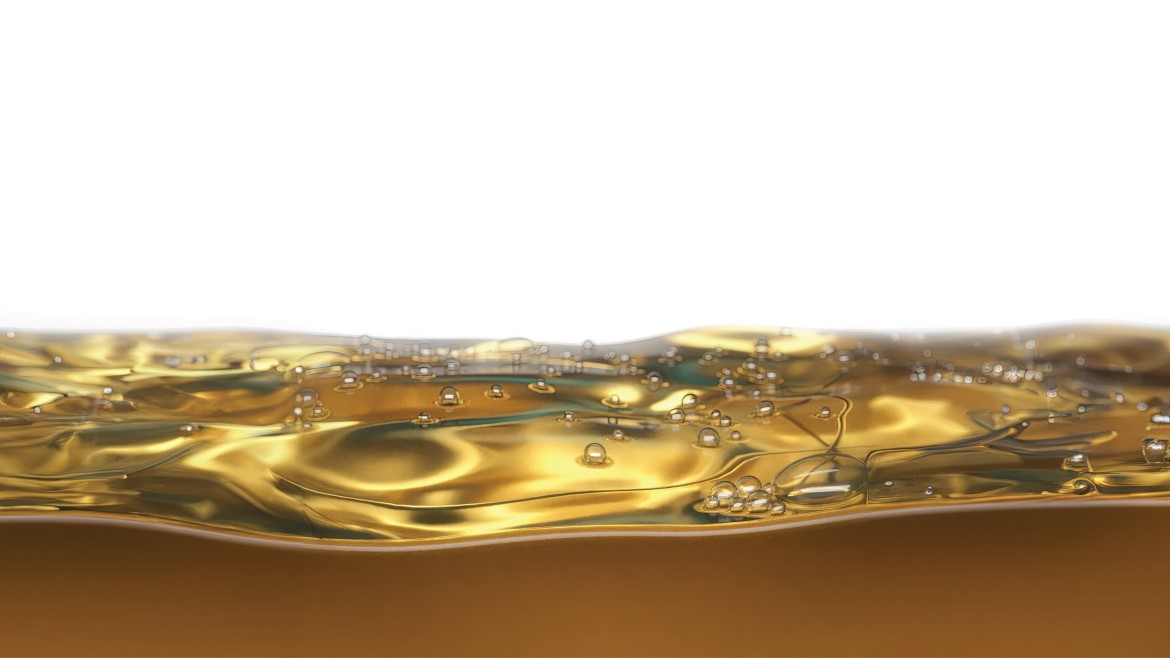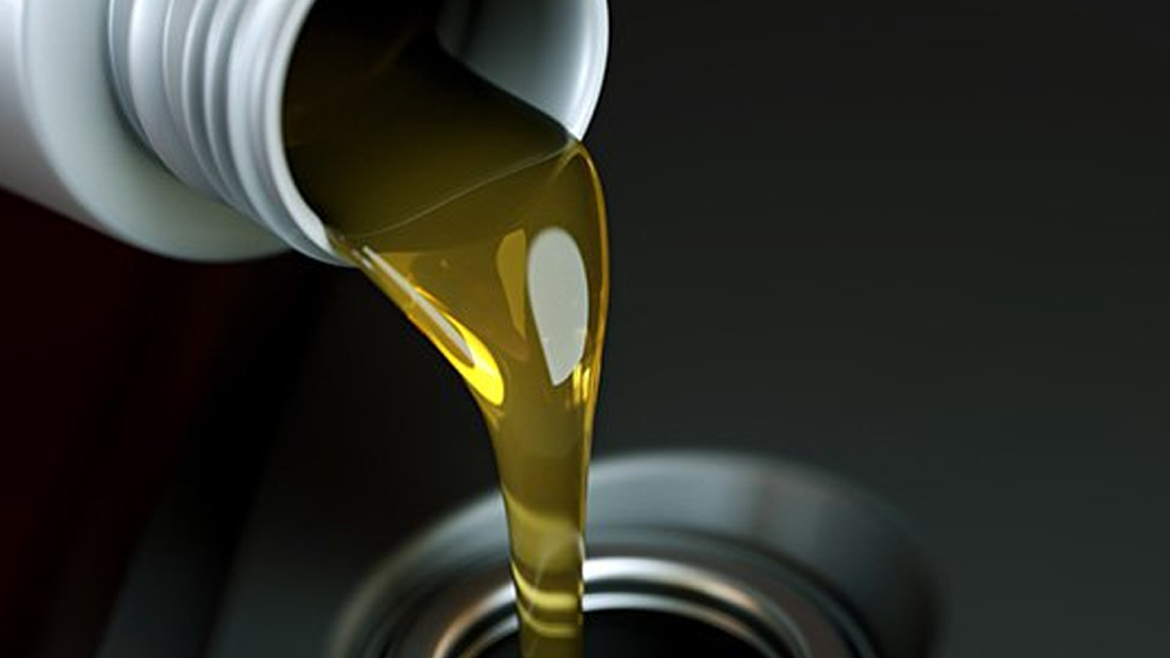Aug 3, 2020
Posted by Keith Howard, Strategic Technology Manager, Robin Wang, Regional Marketing Manager, North Asia
This article highlights the key takeaways from our recent webinar, China 6 - The World's Most Challenging Emissions Standard, part of our Lubrizol360 Webinar Series featuring Lubrizol experts discussing important industry trends. You can view the full webinar and register for upcoming webinars here.
The global automotive market is about to face one of the toughest challenges in its history: the arrival and implementation of China 6, a new national standard aimed at dramatically cutting emissions from the country’s passenger cars and commercial vehicles.
Officials in China have been aggressive in their intent to curb emissions throughout the country, and China 6 is one of the most powerful tools being used to accomplish that goal. Effective January 1, 2021, all light-duty vehicles will be required to meet the China 6a standards. Heavy-duty vehicles will be subject to stringent China VIa standards from July 2021, and lubricant providers must be prepared. The measures taken as part of China 6’s implementation will remove many thousands of tons of serious pollutants, including particulate matter (PM) and oxides of nitrogen (NOx) from the country’s air. Further, the emissions standard is being combined with new fuel economy legislation that applies to both passenger cars and commercial vehicles, requiring Original Equipment Manufacturers (OEMs) to hit increasingly high fuel economy targets all while dramatically reducing emissions.
Here’s what to know about China 6 and how it will dramatically change the automotive market:
Why China 6 is so challenging. China 6 is based on several important criteria that reduce emissions, including real driving emissions (RDE) testing, emissions durability and in-use compliance.
RDE measures key emissions over a range of real conditions using portable emissions measurement systems. China 6b, scheduled for introduction in 2023, includes a wider range of RDE conditions than the otherwise comparable Euro 6 standard, including higher altitudes for passenger cars and, for commercial vehicles, a range of loads from 10% to 100% capacity. As a result, China 6 will be far more challenging than Euro 6—making it the world’s most challenging emissions standard.
OEMs must also demonstrate emissions durability, i.e., that their vehicles are capable of low emissions throughout their full useful life. China 6 implements these measures to ensure the air quality benefits brought by the standard are long term. Finally, in-use compliance will be monitored via on-board monitoring (OBM) for emissions performance on most vehicles, with significant penalties issued for non-compliance.
Advanced hardware and aftertreatment. Because of these challenging criteria, there are a number of key technologies that OEMs will likely utilize to remain in compliance with China 6.
In the passenger car segment, the main engine technology used in compliant vehicles going forward will be turbocharged gasoline direct injection (TGDI) engines. These engines combine high power and fuel efficiency and are often downsized to take advantage of their power density. Electrified and hybrid vehicles are also expected to gain major traction in the marketplace as OEMs work toward fuel economy targets. Heavy-duty diesel engines, meanwhile, will be more subtly tweaked. Fuel injection pressures will continue to rise, along with better injection control and multiple injections per stroke. Steel pistons with optimized combustion bowls will be used, and optimized turbocharging will be used to improve combustion.
China 6 introduces a particulate number limit for all vehicles, irrespective of engine technology, and these requirements will necessitate widespread adoption of gasoline and diesel particulate filters (GPFs and DPFs). These devices are being introduced by all OEMs, and they are effective at removing more than 90% of particulates—but they bring with them some critical new considerations for lubricant technology.
The characteristics of a compatible lubricant. Engine lubricants for China 6 must combine hardware protection, aftertreatment compatibility and fuel efficiency. In both gasoline and diesel applications, ash from lubricant combustion enters the particulate filter and can permanently block it. This buildup leads to high back pressure, negatively impacting fuel economy and interfering with the performance of the engine. Sulfur and phosphorous can affect catalytic coatings on the filter or other parts of the aftertreatment, leading to a deterioration in emissions performance.
Lower Sulphated Ash, Phosphorous, Sulfur (SAPS) lubricants help to protect particulate filters, ensuring their durability for the lifetime of the vehicle, but only if such high-quality lubricants are used throughout the vehicle’s life. Additionally, in order to deliver heightened fuel economy benefits, OEMs are demanding the use of low viscosity lubricants in their vehicles that help reduce engine friction. All of this must be done, of course, while maintaining the fundamental protective benefits that engine lubricants have historically provided.
Our View
The right lubricants for China 6-compliant vehicles must demonstrate an entirely new range of performance benefits, and that will require close collaboration between OEMs, oil marketers and additive companies to succeed.
For more information about China 6, contact your Lubrizol representative, and watch the complete, in-depth webinar here.









